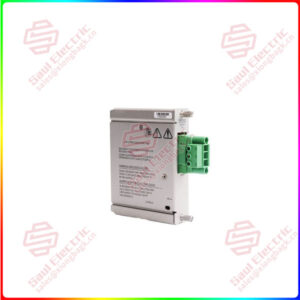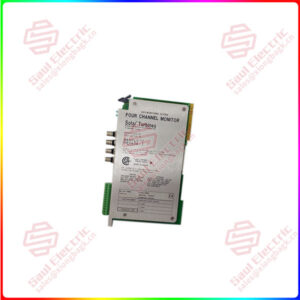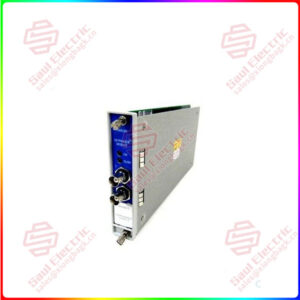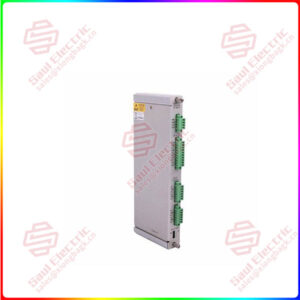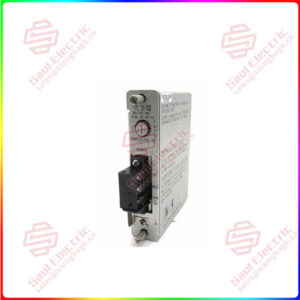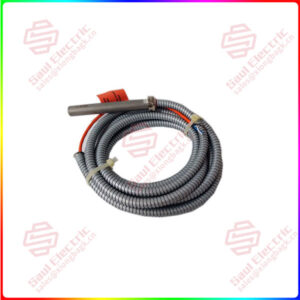Description
Overview
Essential details:PXIe-6570 NI PXI Digital Pattern Instrument
lf you need to inquire or purchase ,please send the product models to my email or call medirectly .
sunny He
[Email] sales@xiongbagk.cn
[Mobile] 86-18059884797
[WhatsApp] 86-18059884797
[Skype] sales@saulcontrol.com
PXIe-6570 NI PXI Digital Pattern Instrument
The NI PXIe 6570 is the highlight of NI’s offering for digital generation and production trial of semiconductor gadgets. For essential computerized signals and interfaces, consider PXI Digital I/O Modules or PXI Reconfigurable Digital I/O Modules. The NI PXI Digital Pattern Instruments burst digital information in view of samples that are comprised of individual vectors. The time set incorporates the time of the vector in time, a drive format for the pin, and placement of the digital edges. The drive formats, supported by these instruments are non-return, return to low, return to high, and surround by complement. Being able to utilize these configurations enables specialists to make the most productive digital interface with as few vectors as possible.


 1 Year Warranty
1 Year Warranty

